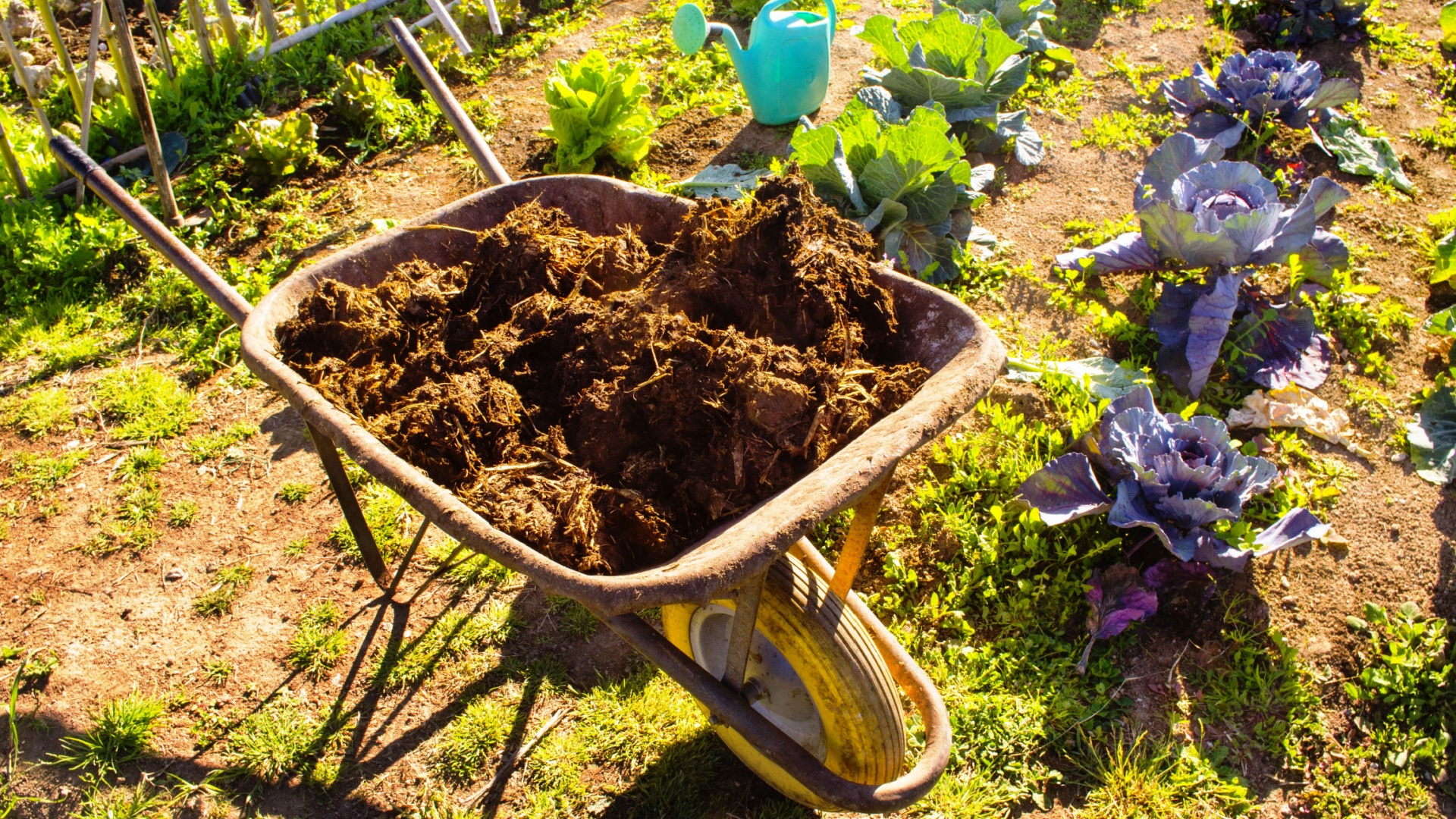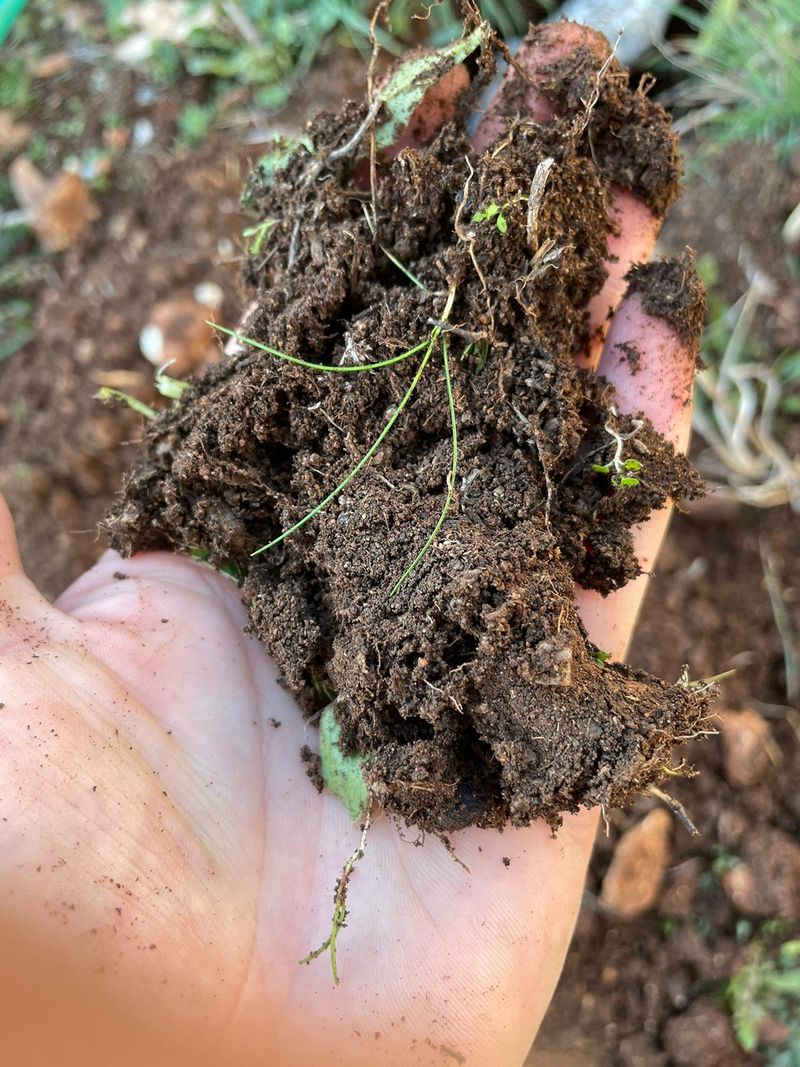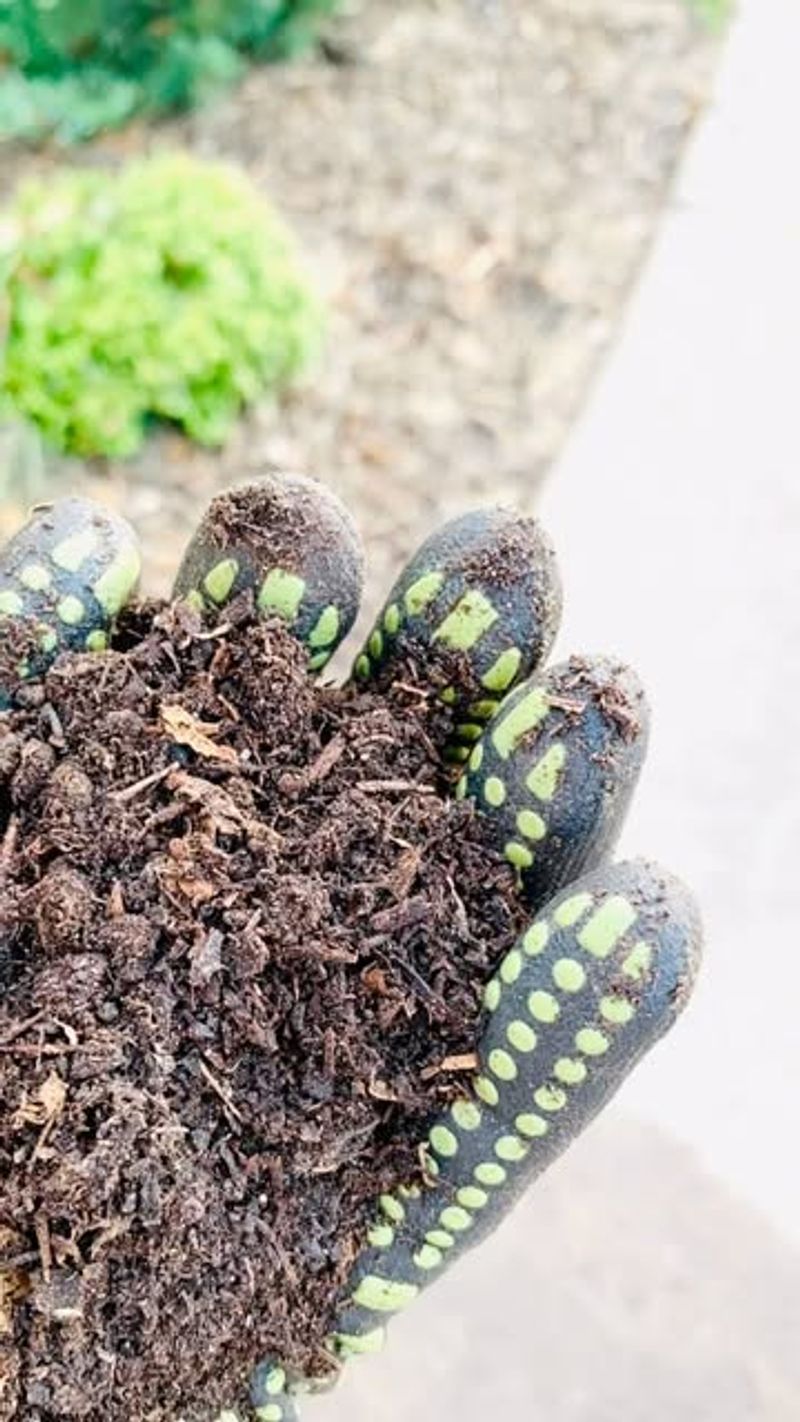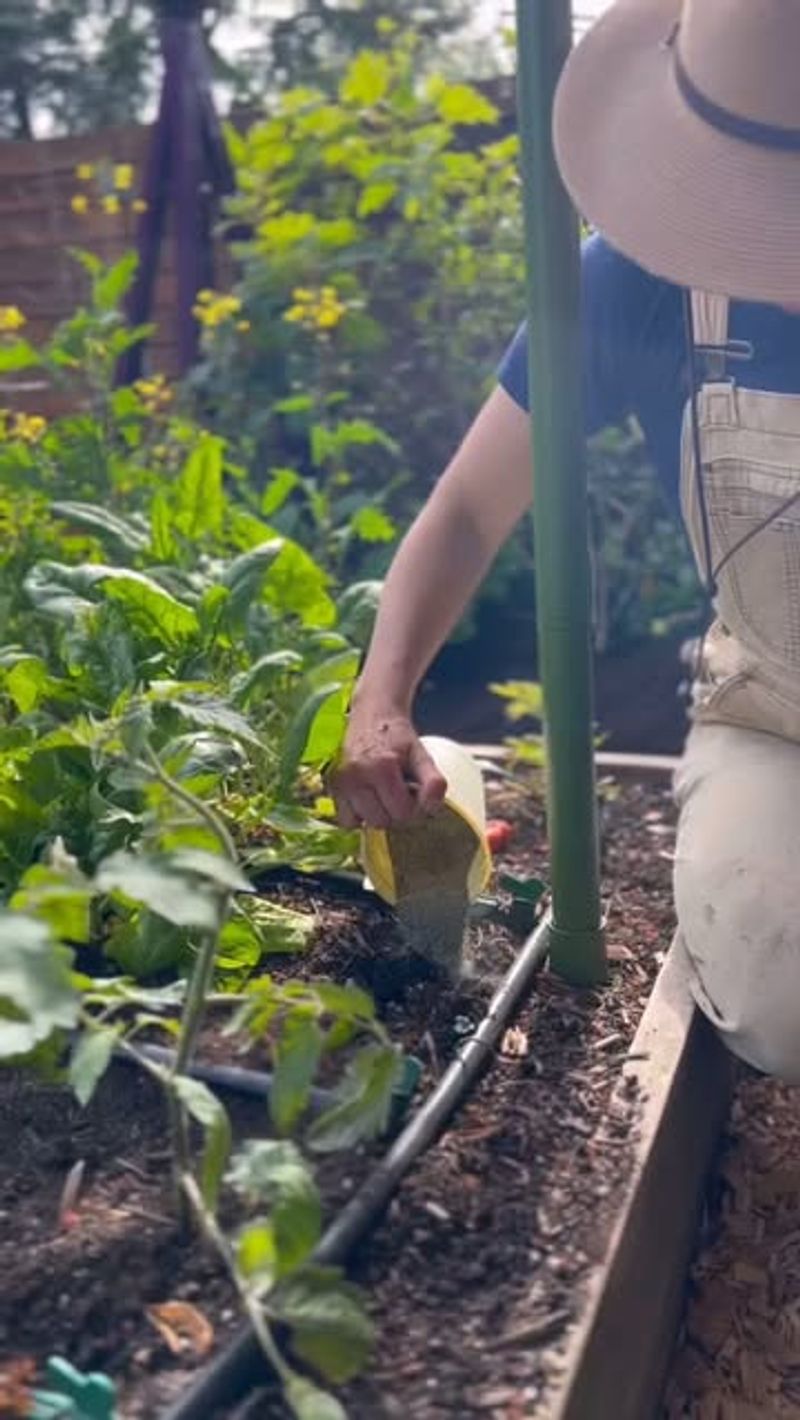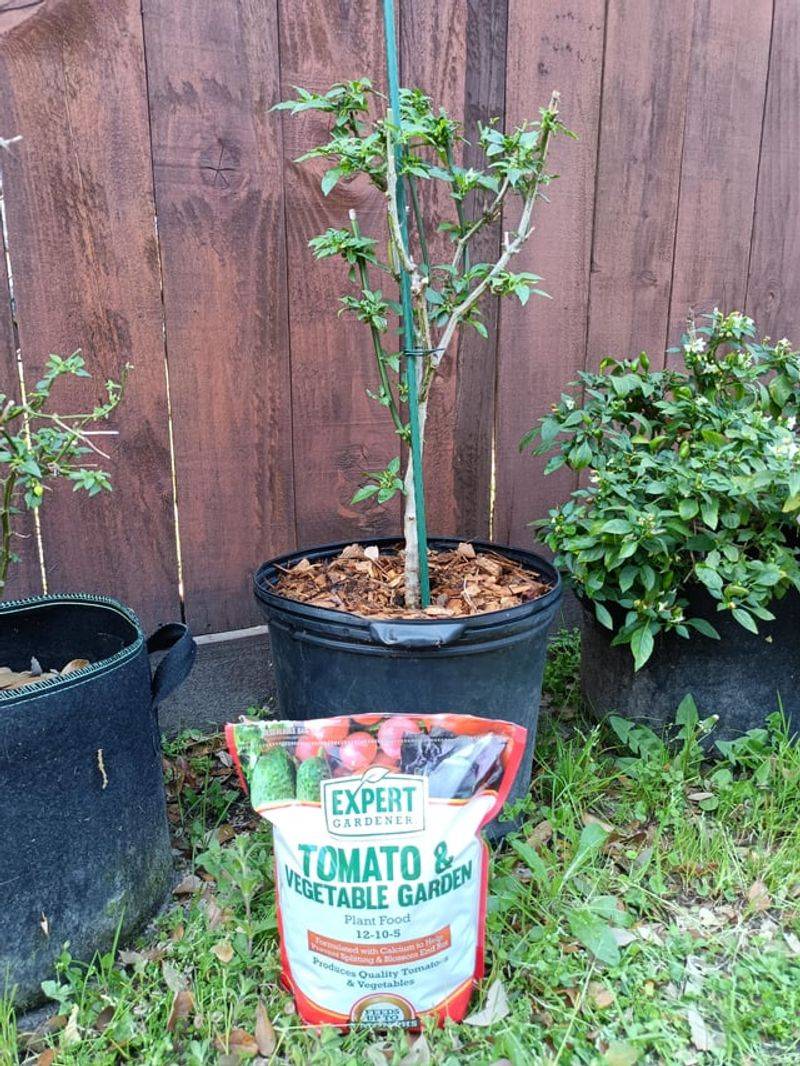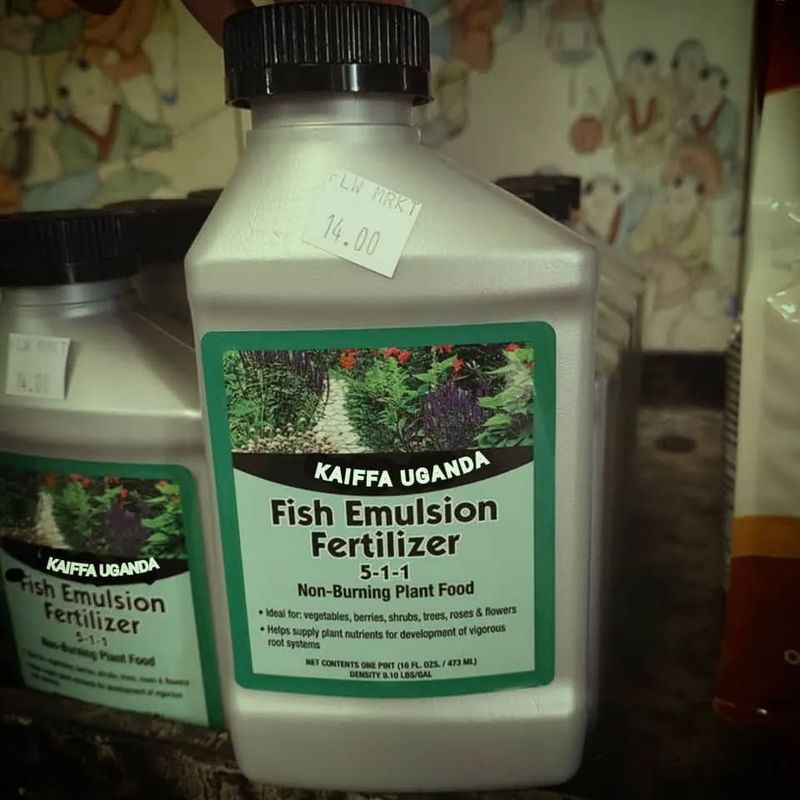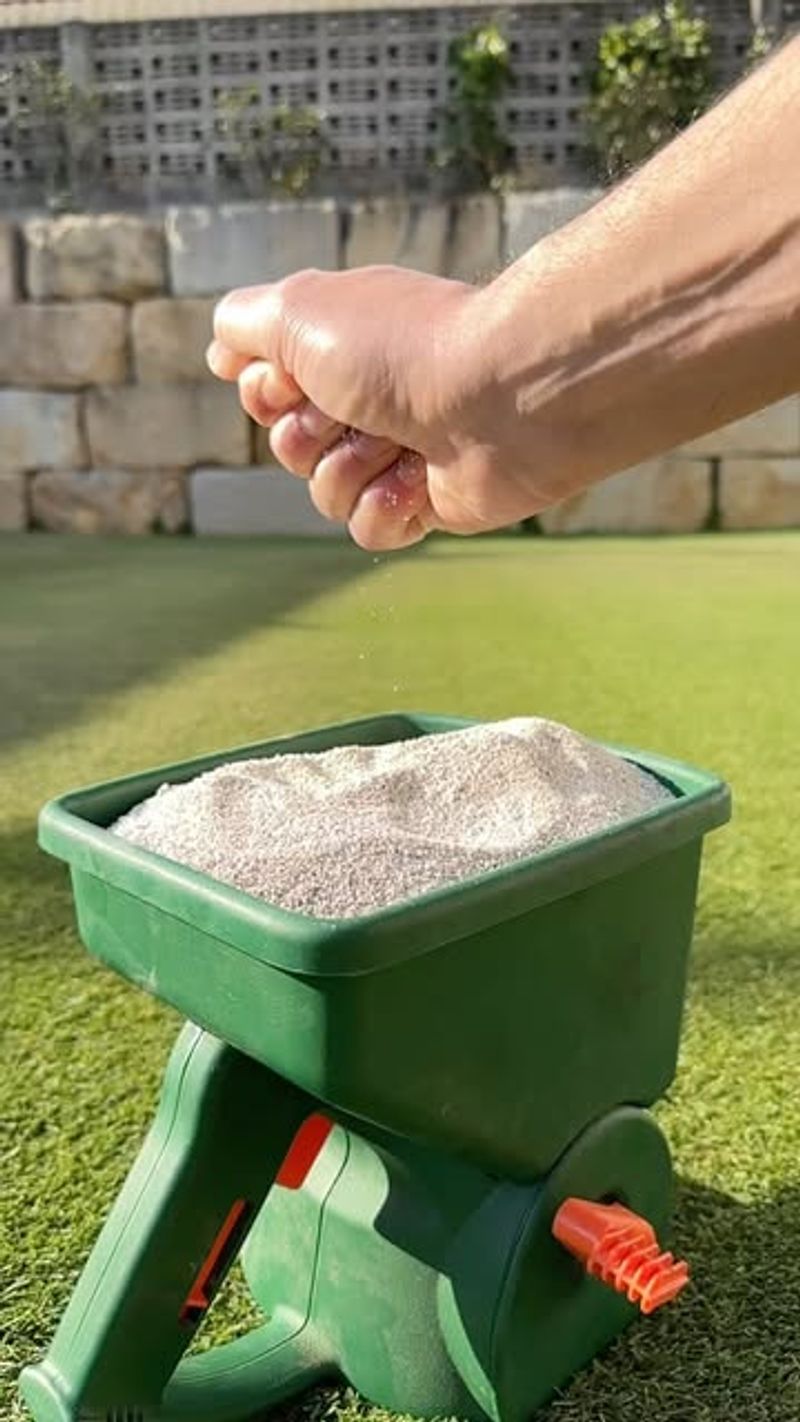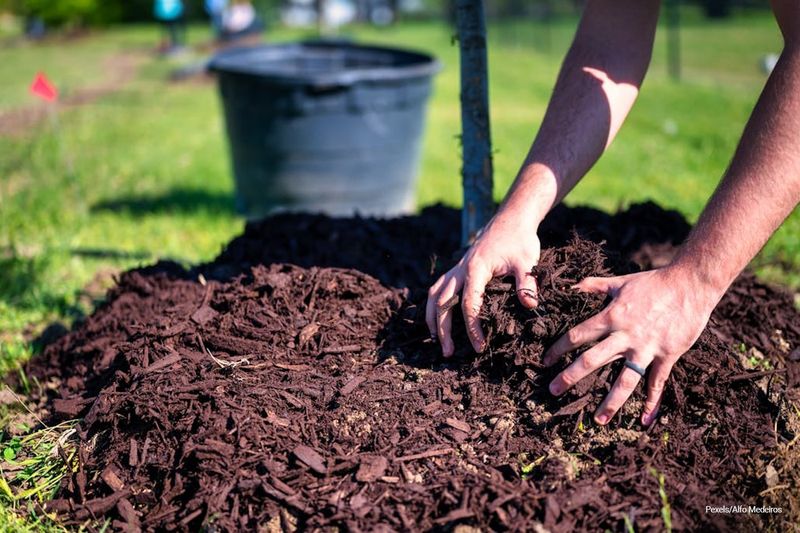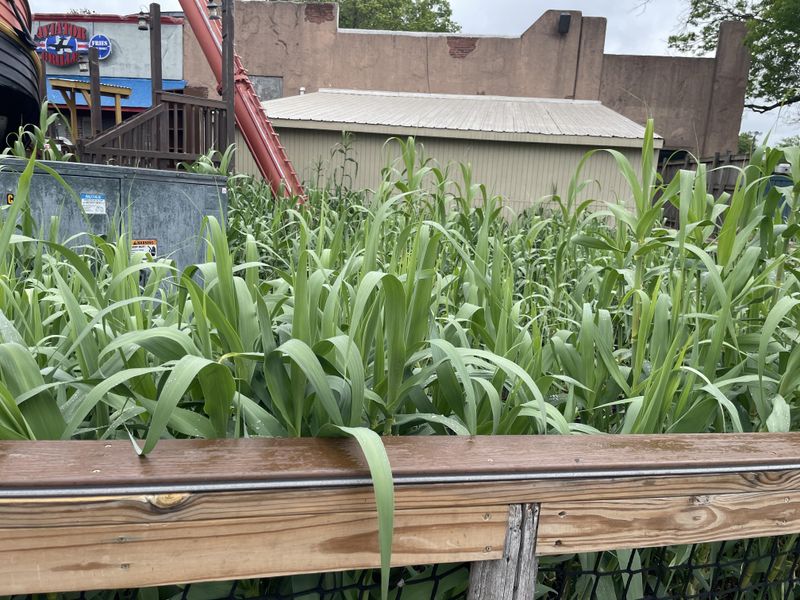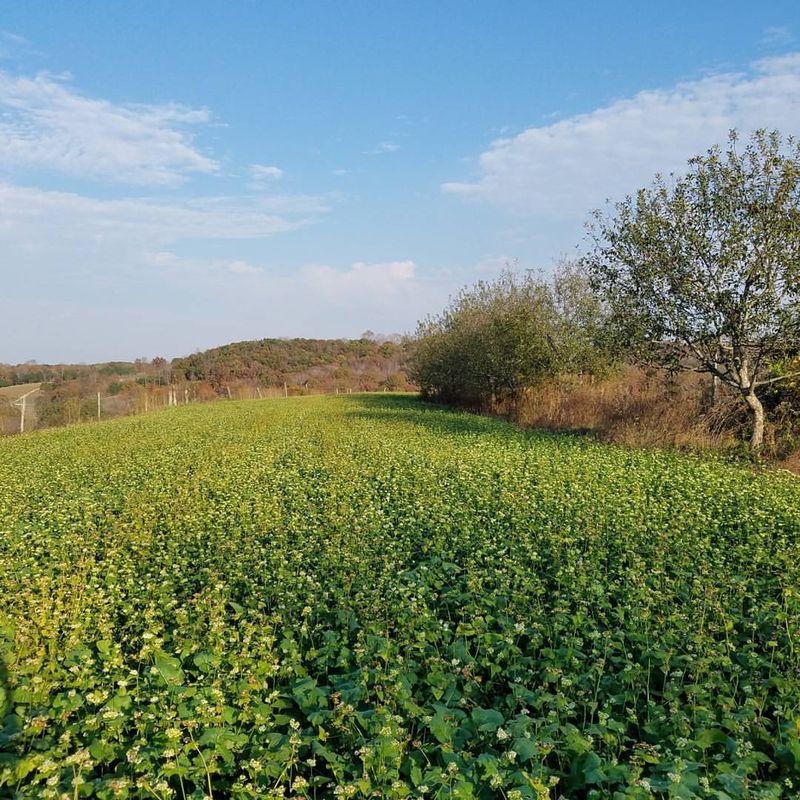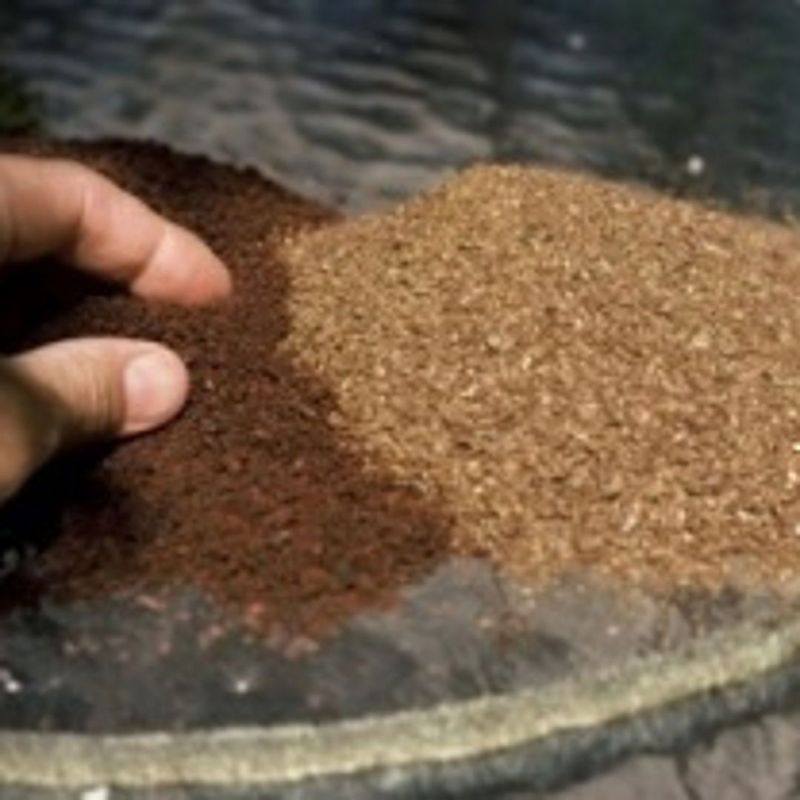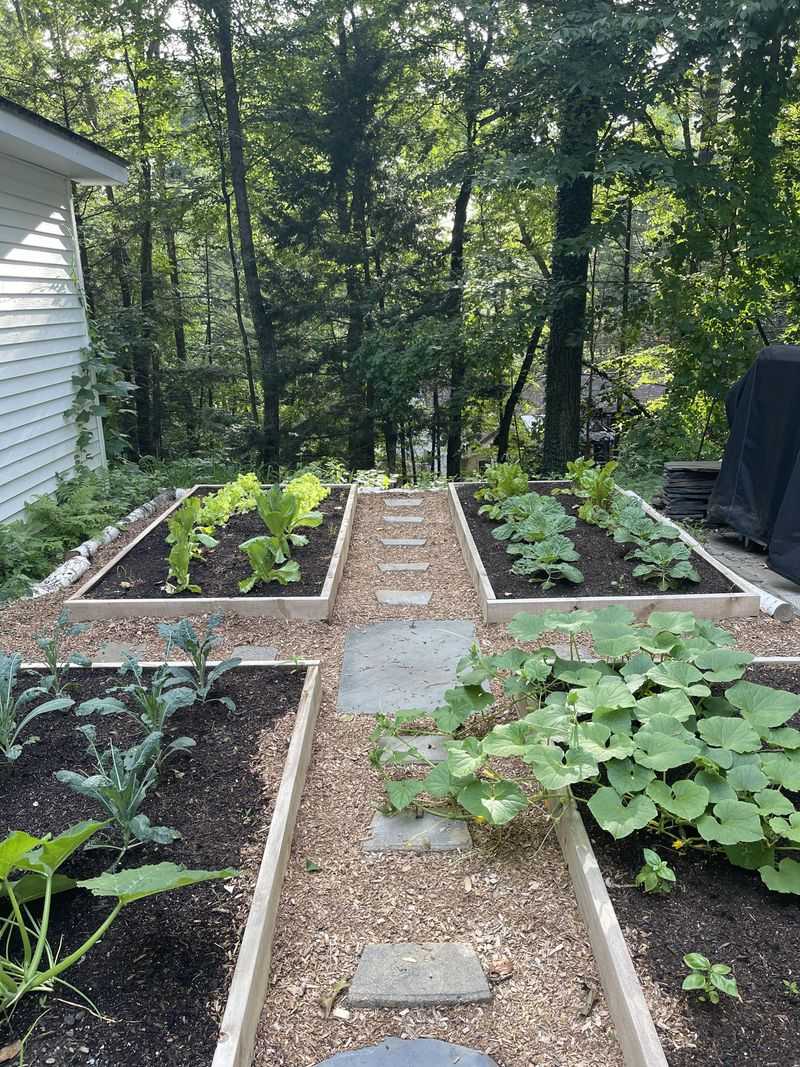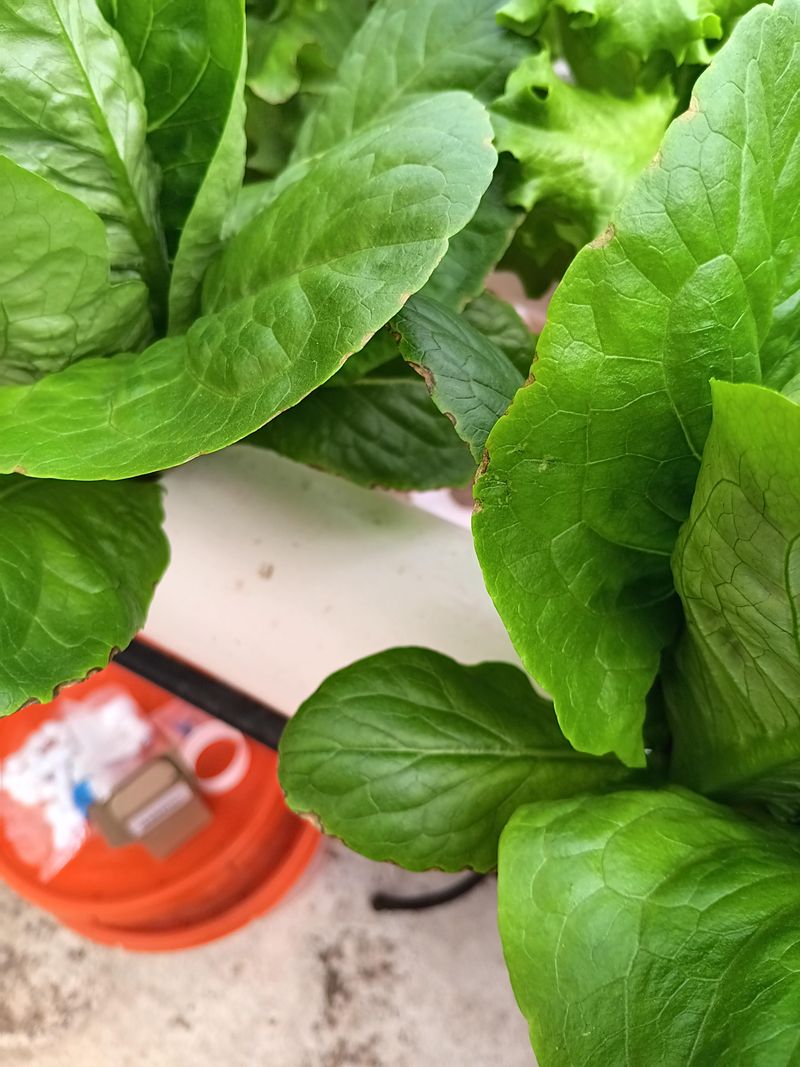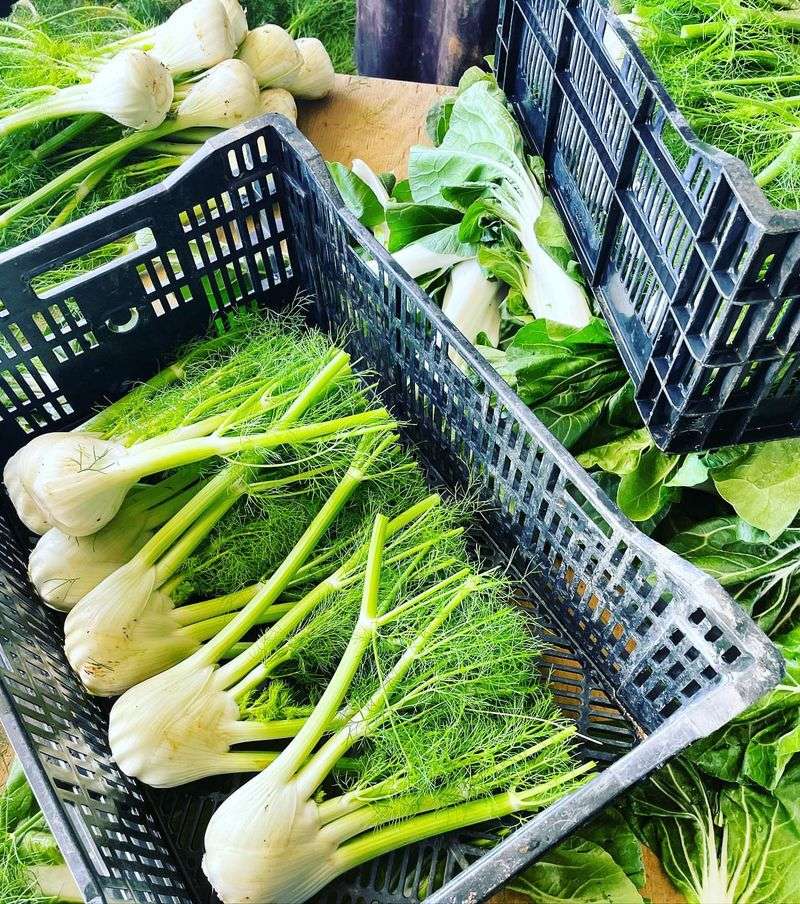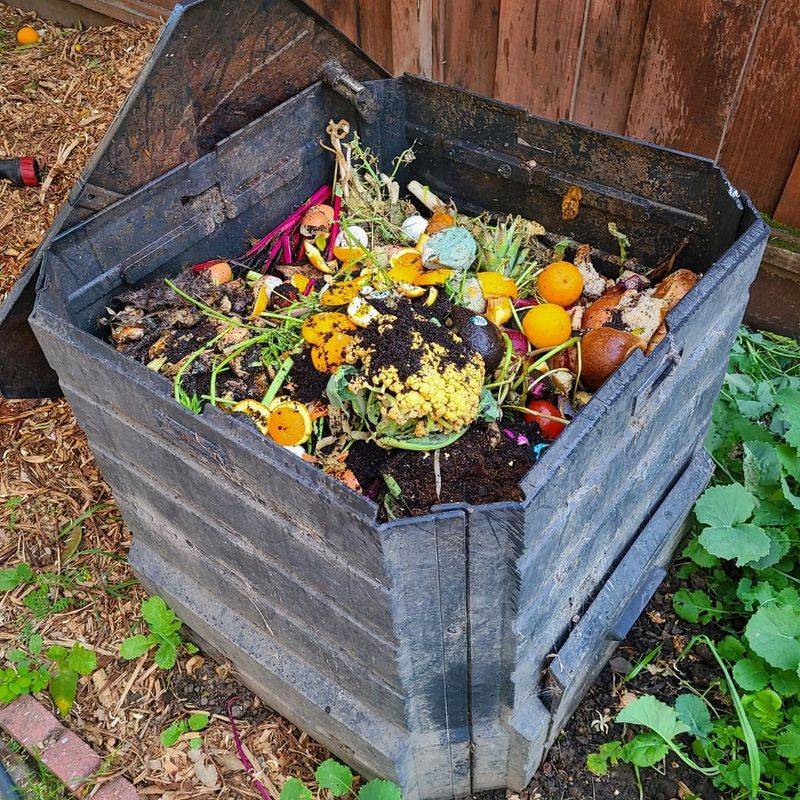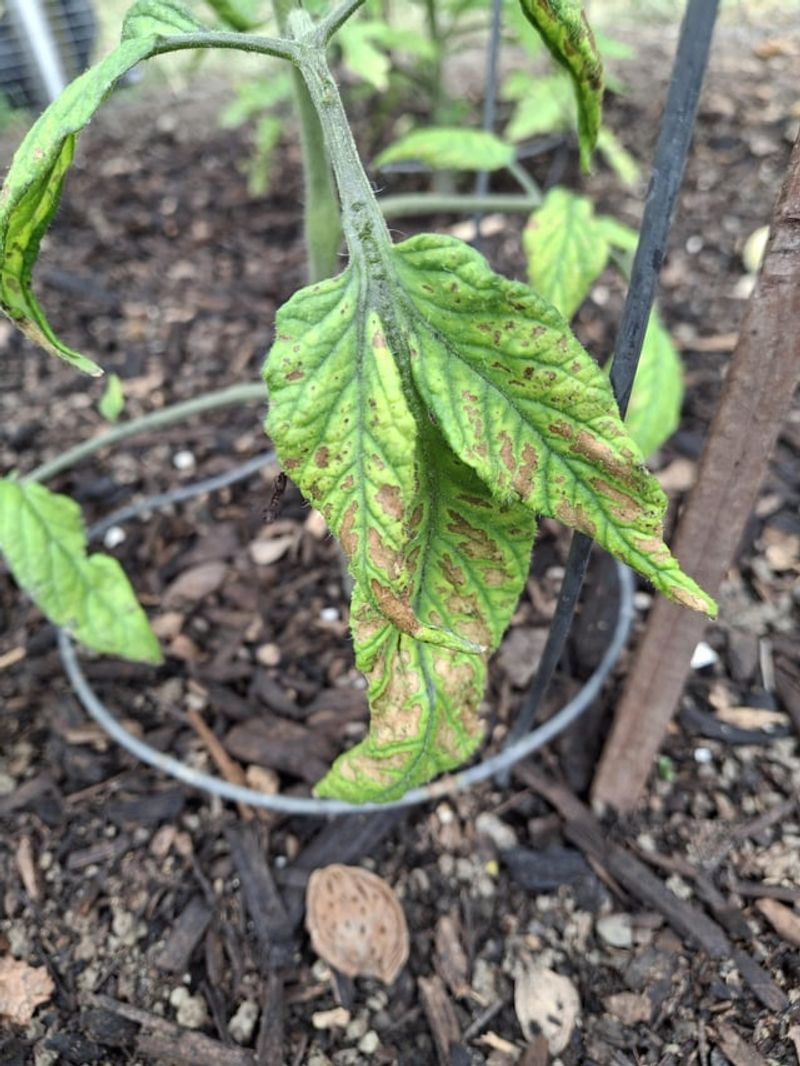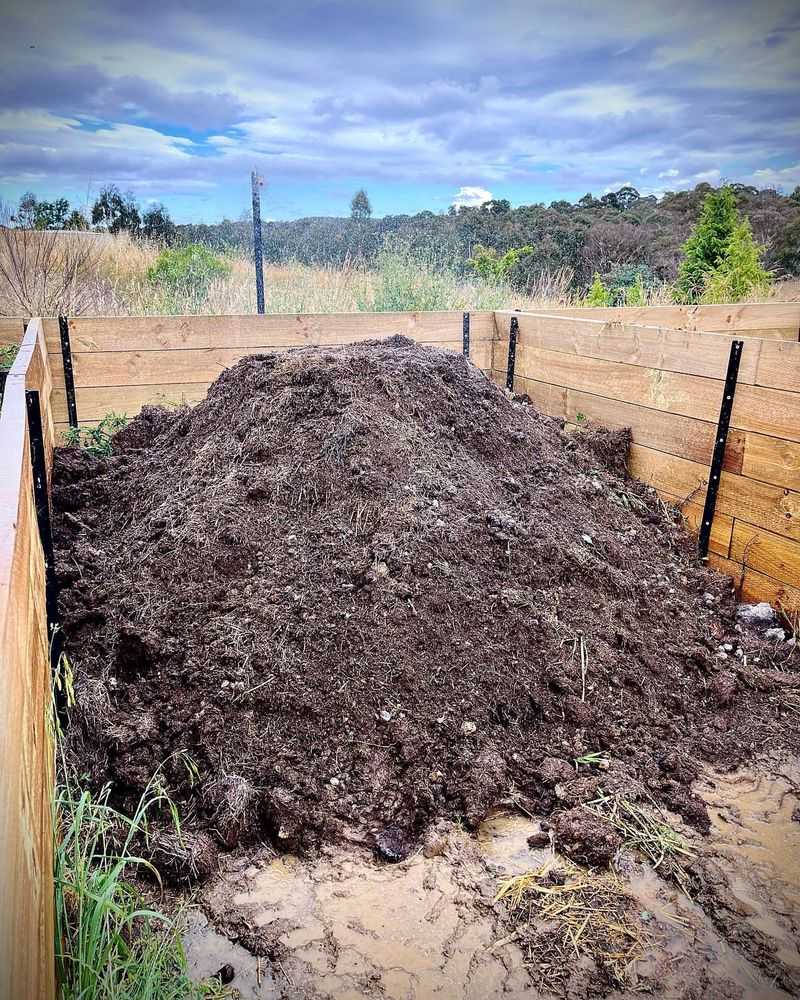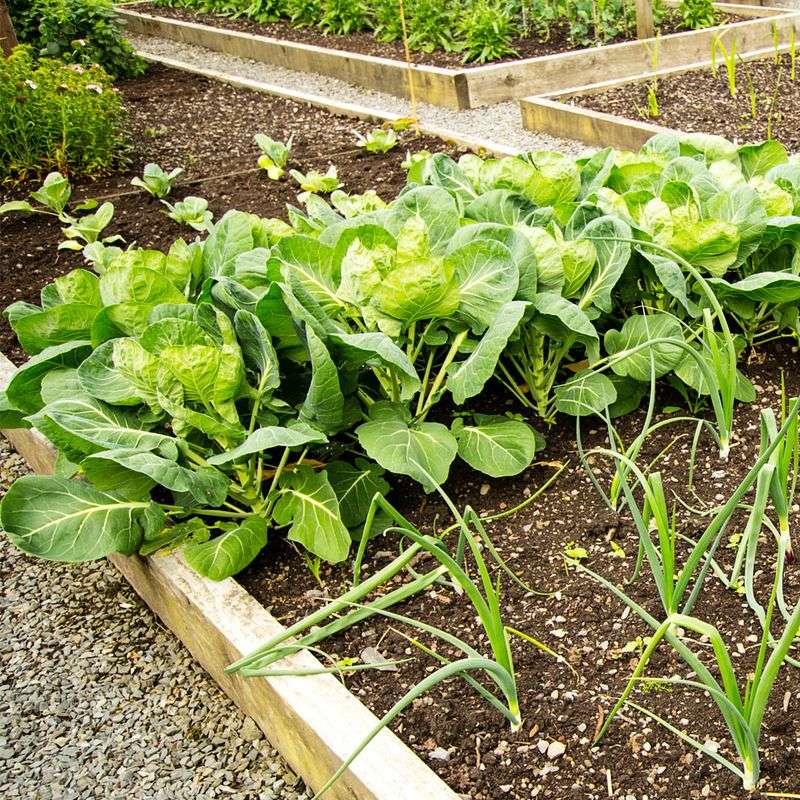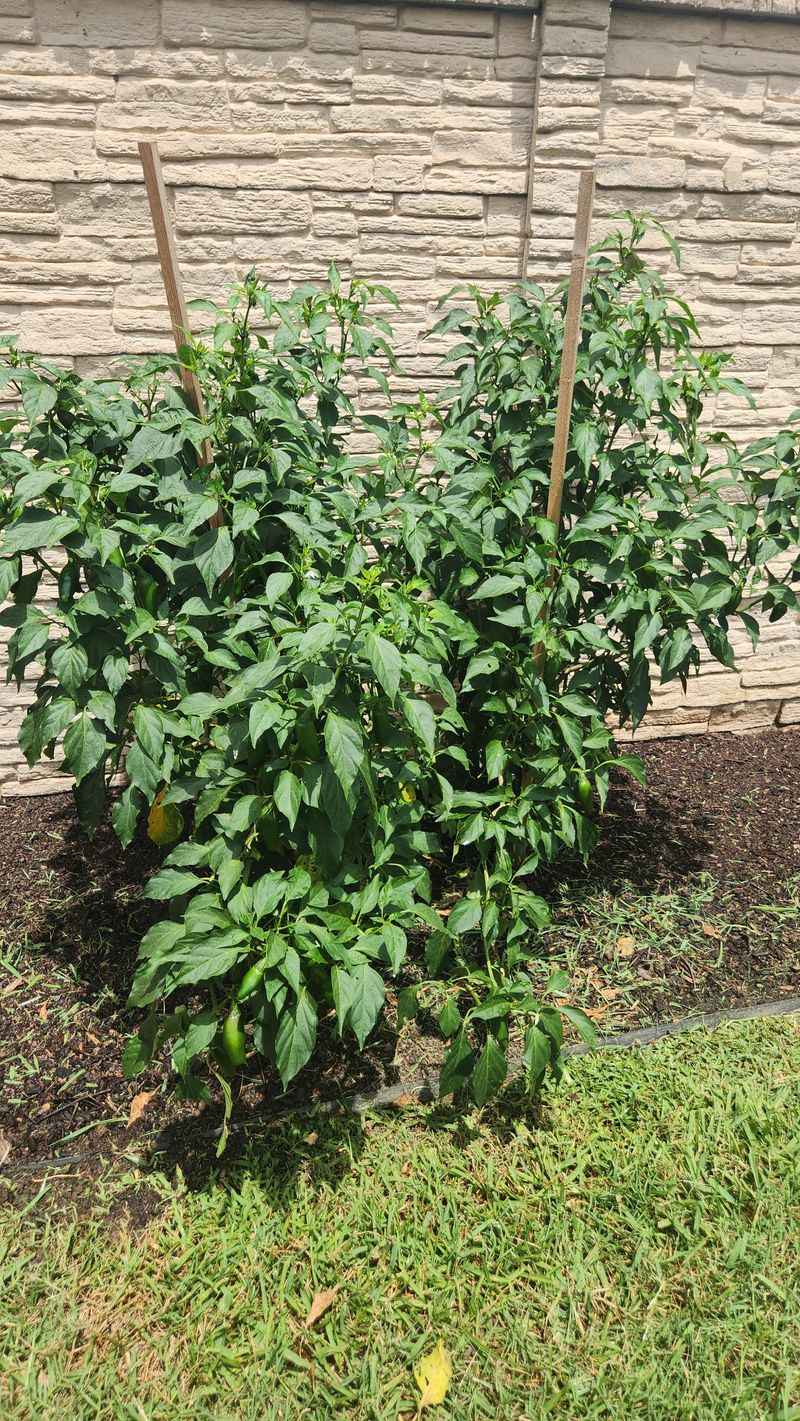Feeding your veggie garden isn’t just about dumping fertilizer and hoping for the best. Timing, type, and technique all play a role in healthy, productive plants.
These 14 golden rules will guide you to fertilizing success—plus 4 common mistakes that could rob your soil (and crops) of the nutrients they need most.
1. Know Your Soil Before Adding Anything
Testing your soil is like getting a health checkup before starting a new diet. Grab a soil test kit from your local garden center to discover what nutrients you already have and what’s missing.
Many gardeners waste money on fertilizers they don’t need because they skip this critical first step. The test results will tell you the pH level and nutrient content, giving you a roadmap for exactly what your soil needs.
2. Compost Is Garden Gold
Nothing beats homemade compost for feeding your garden naturally. This dark, crumbly material improves soil structure while slowly releasing nutrients that plants can absorb easily.
Start collecting kitchen scraps, fallen leaves, and grass clippings in a dedicated bin. Layer green materials (veggie scraps) with brown materials (dried leaves) and turn occasionally. Within months, you’ll have free fertilizer that outperforms anything from a store.
3. Match Fertilizer To Plant Needs
Leafy greens like spinach and lettuce need different nutrients than fruiting plants like tomatoes and peppers. Nitrogen promotes leafy growth, while phosphorus helps with flowering and fruiting.
For greens, choose fertilizers with higher first numbers in the N-P-K ratio (like 5-3-3). For tomatoes and fruit-bearing vegetables, look for balanced or phosphorus-rich options (like 5-10-5). Reading plant tags can help identify specific requirements for each vegetable in your garden.
4. Timing Is Everything
Applying fertilizer at the wrong time can waste nutrients or even harm your plants. Most vegetables benefit from fertilizer when first planted and again when they start flowering or setting fruit.
Early morning or evening applications work best, avoiding the hot midday sun which can burn plants when combined with fertilizer. Follow a consistent schedule rather than random feedings. Remember that over-fertilizing is worse than under-fertilizing, as it can lead to weak, leggy growth.
5. Liquid Fertilizers Work Fastest
When your plants need a quick nutrient boost, liquid fertilizers deliver almost immediate results. They’re absorbed directly through leaves and roots, making them perfect for rescuing struggling plants.
Fish emulsion and seaweed extracts are excellent natural options that won’t burn plants. Dilute according to package directions – usually weaker is better! Apply every two weeks during the growing season, focusing on the soil around plants rather than directly on leaves.
6. Slow-Release Granules For Long-Term Feeding
Slow-release fertilizers are like time-released vitamins for your garden, gradually feeding plants over weeks or months. They’re perfect for busy gardeners who can’t stick to regular feeding schedules.
Sprinkle organic granules around plants during planting, then water thoroughly. The nutrients release each time you water, providing steady nutrition without shocking plants. One application can last 2-3 months, depending on weather and how often you water your garden.
7. Mulch Feeds While Conserving Moisture
Smart gardeners use mulch not just to suppress weeds but as a slow-motion fertilizer. Organic materials like straw, shredded leaves, or grass clippings break down over time, adding nutrients to the soil below.
Apply a 2-3 inch layer around plants, keeping it from touching stems directly. As earthworms pull mulch into the soil, they create tunnels that improve aeration while distributing nutrients. Refresh your mulch midseason to maintain its benefits throughout the growing period.
8. Rotate Heavy And Light Feeders
Planning your garden layout should include considering which vegetables are heavy feeders versus light feeders. Tomatoes, corn, and cabbage deplete soil quickly, while beans and root vegetables need less.
Rotate your crops each season so heavy feeders don’t grow in the same spot year after year. Follow tomatoes with beans, which actually add nitrogen back to soil. This rotation prevents nutrient depletion and helps break pest cycles without requiring excessive fertilizer applications.
9. Grow Your Own Fertilizer With Cover Crops
Cover crops like clover, buckwheat, and winter rye act as living fertilizer factories. Planted in fall or during fallow periods, they prevent erosion while building soil fertility naturally.
Legume cover crops like clover and vetch partner with soil bacteria to pull nitrogen from the air and convert it to plant food. Simply cut them down before they seed and either compost the tops or turn them into the soil. This creates a nutrient-rich environment for your next vegetable planting.
10. Feed The Soil Microbes, Not Just The Plants
Healthy soil teems with billions of beneficial bacteria, fungi, and other microorganisms that help plants access nutrients. Synthetic fertilizers can harm these tiny helpers, while organic methods support them.
Add compost tea, worm castings, or mycorrhizal fungi products to boost your soil food web. These microbes break down organic matter into forms plants can use and even protect roots from disease. A thriving underground ecosystem creates stronger plants that need less additional fertilizer.
11. Side-Dressing For Mid-Season Boosts
Long-season vegetables often need additional nutrients partway through their growth cycle. Side-dressing is the practice of adding fertilizer alongside growing plants to provide this extra nutrition.
For corn, add nitrogen-rich fertilizer when plants reach knee-high. For tomatoes, side-dress when the first fruits appear. Simply dig a shallow trench a few inches from plant stems, sprinkle in fertilizer, cover with soil, and water well. This targeted approach delivers nutrients exactly where and when needed.
12. Foliar Feeding For Quick Results
Plants can absorb nutrients directly through their leaves, often faster than through their roots. Foliar feeding involves spraying diluted liquid fertilizer directly onto plant foliage for rapid uptake.
Mix seaweed extract, compost tea, or fish emulsion according to directions (usually more diluted than soil applications). Spray early morning when stomata are open but before the sun gets strong. This method works wonders for correcting nutrient deficiencies quickly or giving plants extra energy during fruit production.
13. Customize Fertilizer By Vegetable Family
Different plant families have unique nutritional needs based on how they grow and what parts we harvest. Nightshades like tomatoes and peppers benefit from calcium and phosphorus to prevent blossom-end rot and encourage fruiting.
Brassicas (cabbage family) need plenty of nitrogen and boron. Root vegetables prefer potassium and phosphorus but less nitrogen, which causes leafy growth at the expense of the roots. Learning these family preferences helps you customize your feeding approach rather than using a one-size-fits-all fertilizer throughout your garden.
14. Balance Organic And Mineral Amendments
Complete garden fertility comes from combining organic matter (which improves soil structure) with specific mineral amendments that target deficiencies. Organic materials like compost provide slow-release nutrients and feed soil life.
Mineral amendments like rock phosphate, greensand, or lime address specific needs shown in your soil test. The minerals provide precise nutrition while the organic matter helps make those nutrients available to plants. This balanced approach creates ideal growing conditions without relying solely on synthetic fertilizers.
15. MISTAKE: Over-Fertilizing Causes More Harm Than Good
Many gardeners believe more fertilizer equals bigger vegetables, but excess nutrients can actually damage plants and the environment. Over-fertilized plants grow too quickly, developing weak stems and becoming more susceptible to pests and disease.
Excess nitrogen creates lush green growth at the expense of flowers and fruits. Fertilizer runoff pollutes waterways and disrupts natural ecosystems. Always follow package directions and remember that half the recommended amount is often sufficient, especially with organic options.
16. MISTAKE: Using Fresh Manure Directly On Plants
Fresh animal manure seems like a natural garden booster, but applying it directly to growing vegetables can cause serious problems. Raw manure contains high ammonia levels that can burn plant roots and introduce harmful bacteria to food crops.
Always compost manure for at least 6 months before using it on vegetables. If you must use fresher manure, apply it in fall for spring planting, giving it time to break down over winter. Stick to composted manure from herbivores like cows, horses, or rabbits rather than carnivores.
17. MISTAKE: Ignoring The Power Of Crop Rotation
Planting the same vegetables in the same spots year after year creates nutrient imbalances that no amount of fertilizer can fix. Different plants extract different nutrients from soil in varying amounts.
Without rotation, soil becomes depleted of specific elements while others build up to toxic levels. Disease organisms specific to plant families also accumulate. Create a simple four-year rotation plan dividing vegetables into families: nightshades, legumes, brassicas, and root crops. This natural approach reduces fertilizer needs while maintaining soil health.
18. MISTAKE: Applying Fertilizer At The Wrong Time
Timing fertilizer applications incorrectly wastes money and can harm plants. Applying high-nitrogen fertilizers late in the season encourages leafy growth when plants should be focusing on fruit production or preparing for dormancy.
Fertilizing during drought conditions or extreme heat can burn plants as they struggle to take up nutrients through dry roots. The best times are early morning or evening on already-moist soil, following rain or irrigation. Always water thoroughly after applying dry fertilizers to help nutrients reach root zones.

